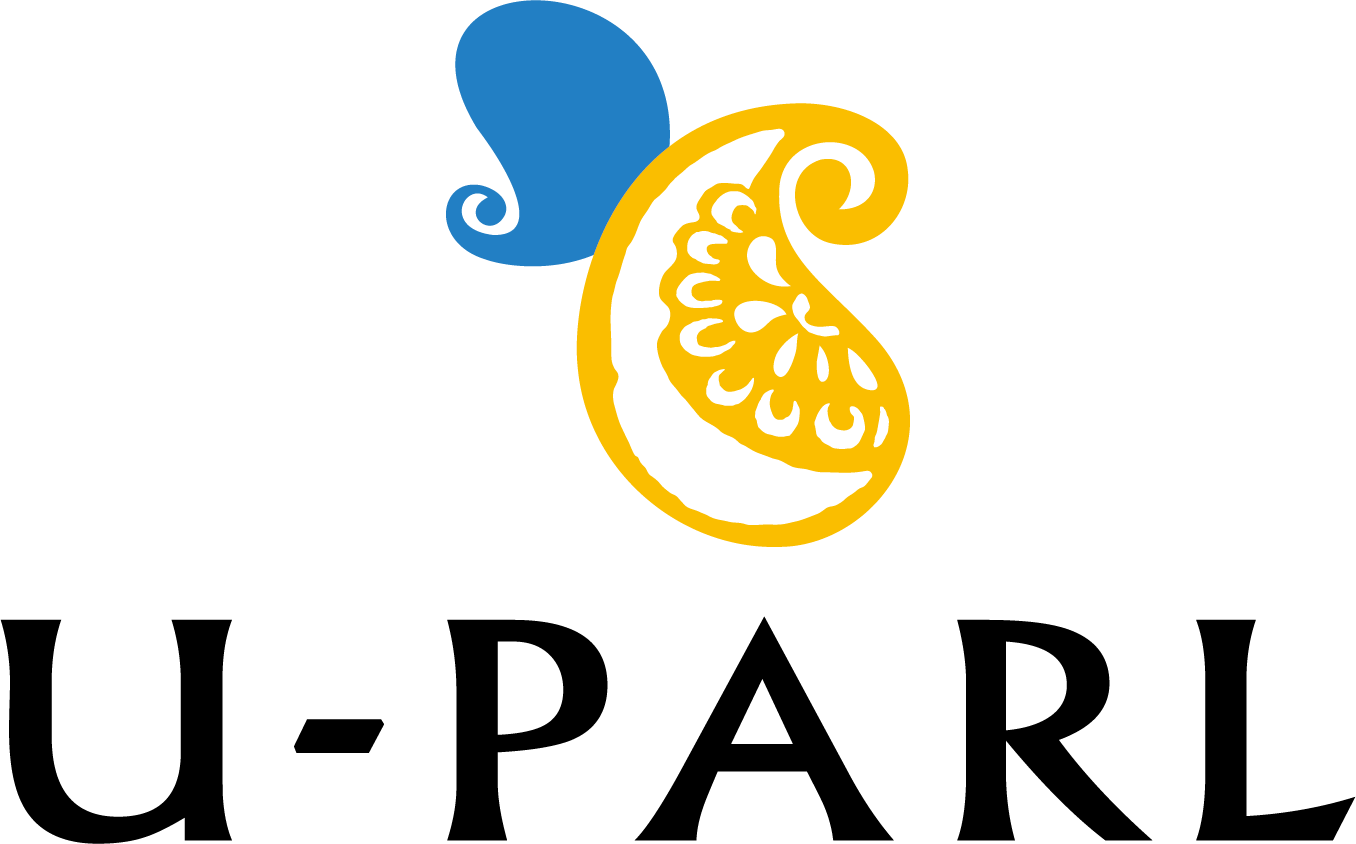Emiko SUNAGA (Project Research Fellow)
My specialization is Pakistan Area Studies. To be more specific, I study religious books and research the publishing industry itself. Due to the nature of this discipline, I also do field work and deal with literature on a daily basis. Recently, I have been interested in the ideas disseminated by South Asian immigrants, so I have been travelling around collecting local translations of religious books and other materials.
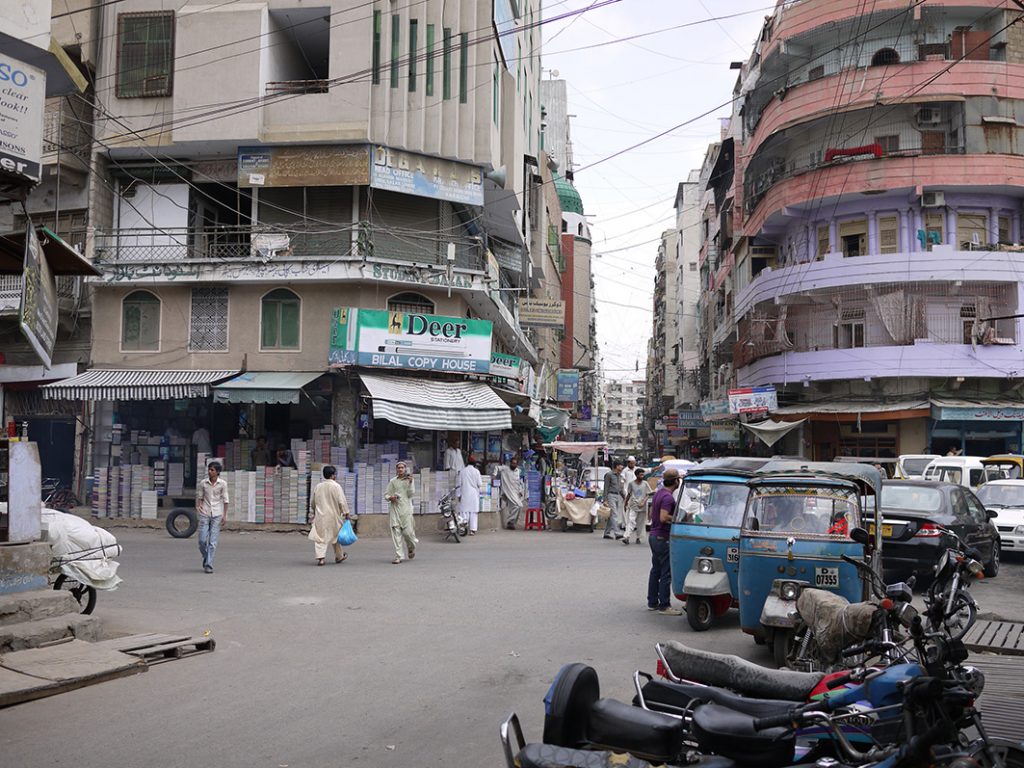 A section of Urdu Bazar, Karachi
A section of Urdu Bazar, Karachi
Among large city districts in Pakistan there is a bookstore district called Urdu Bazar. Urdu is a South Asian language, and it is the national language of Pakistan. Bazar translates as “market.” However, the Urdu Bazar is not all just about bookstores. It is a full-fledged publishing industry district: paper and printing-related vendors do business right there. A quick look around and you will see antiquarian books, papermakers, cutters, stationers, cardboard boxes, stamps, postcards, wrapping paper, as well as publishers, delivery services, and other businesses standing side-by-side.
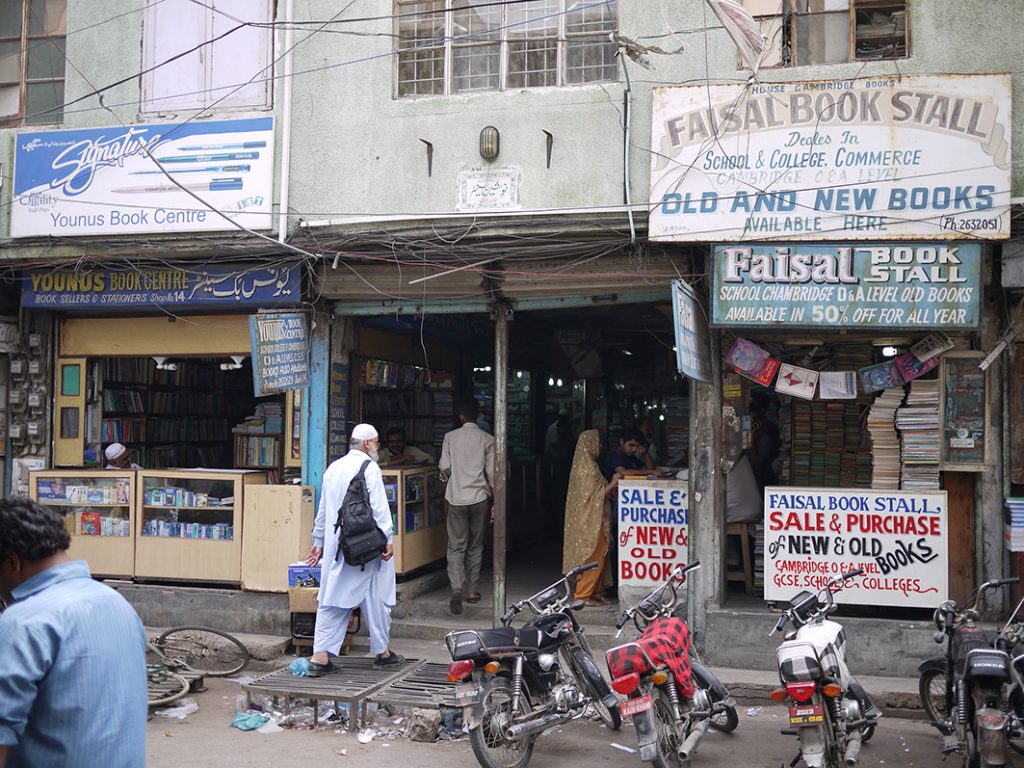
Entrance to a building housing several bookshops
The Urdu Bazar located in the ancient capital city of Lahore is lined with three- and four-storey buildings on both sides of alleys that are so narrow two cars cannot pass each other. The shops inside, from the basement to upper floors, are filled with books, paper, and stationery. There are more than 670 bookshops and publishers whose addresses are listed in the publishers’ directory alone, and if stationery shops are included, the total number of stores is said to be between 1,000 and 3,000. For comparison, Jimbocho, which is a 25–minute walk from U-PARL (Uehiro Project for the Asian Research Library) and said to be a heaven for book lovers in Tokyo, has only 180 bookshops. The Urdu Bazar in Lahore truly has no rivals in the whole of Asia.
The prime locations of interest face the main street and include retail outlets of well-known publishers such as Ilmi Books and Oxford Publishing, which deal with Urdu dictionaries, as well as shops selling school textbooks. Literature on religion can be found in buildings along Ghazni Street. Then there are some bookshops related to the country’s minority Shi’i community that are located on the basement floors. Pushcarts carrying freshly printed books, donkeys and horses pulling loads of paper, and motorcycles delivering school textbooks slip through the waves of people in the narrow alleys of the district.
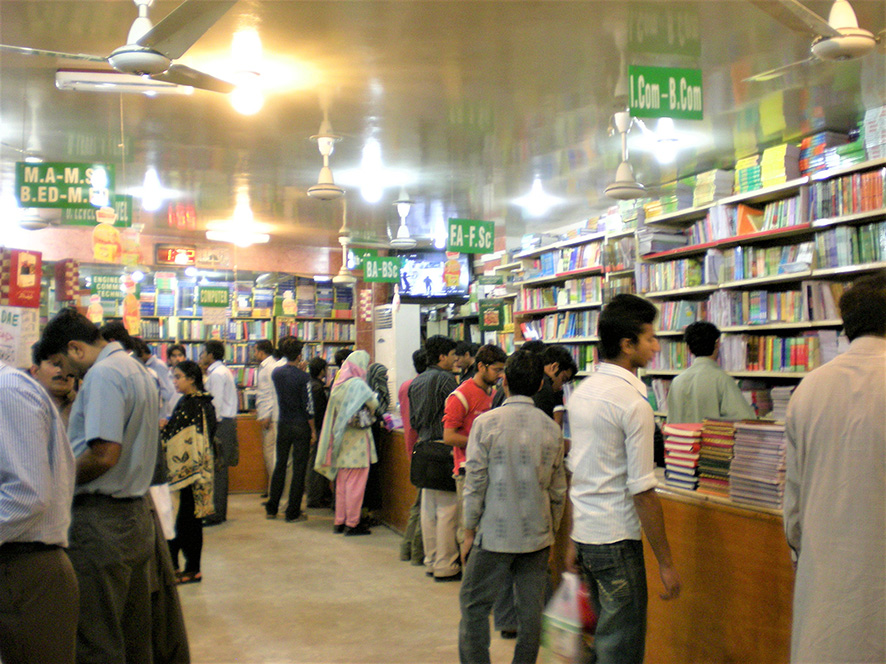
Ilmi Books retail outlet in Lahore
When you think of Pakistan, you may recall the name of Malala Yousafzai, who was awarded the Nobel Peace Prize in 2014. Malala has been calling for the need for girls’ education, and the hard truth is that Pakistan’s education standards and literacy rate are still relatively low. So, if the number of people who can read books is limited, why are the publishing industry and bookshop districts so well developed?
For one thing, literature itself, along with literary publishing and especially poetry books, has historically been popular in North India and Pakistan. Another reason could be that bookshops have served as literary salons in the country. But, above all, people here simply love books. English-language publishing is also thriving, and there is a general interest in translating and republishing Persian and Arabic classics.
It is easy to lose your sense of time as you enjoy a book over a cup of sweet tea served by the shopkeeper. Many bookshops close as soon as the sun goes down. By the end of the day, the smell of ink has soaked into your clothes and you feel as if you have become a book yourself.
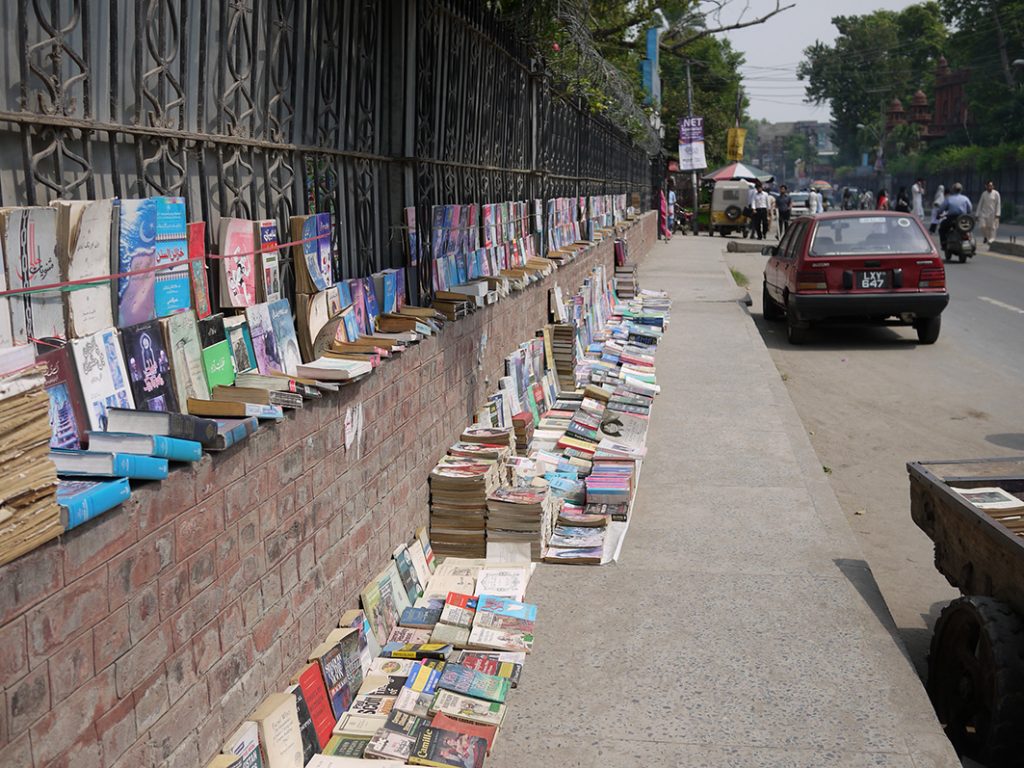
There are many outdoor second-hand bookshops around university campuses
February 21, 2024
